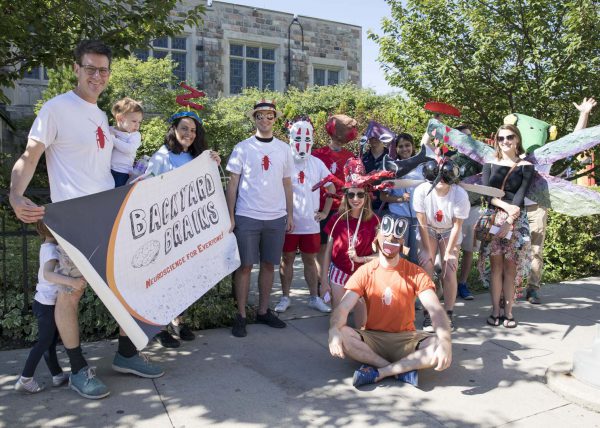-
 EducationOver 11 sunny Ann Arbor weeks, our research fellows worked hard to answer their research questions. They developed novel methodologies, programmed complex computer vision and data processing systems, and compiled their experimental data for poster, and perhaps even journal, publication. But, alas and alack… all good things must come to an end. Fortunately, in research, […]
EducationOver 11 sunny Ann Arbor weeks, our research fellows worked hard to answer their research questions. They developed novel methodologies, programmed complex computer vision and data processing systems, and compiled their experimental data for poster, and perhaps even journal, publication. But, alas and alack… all good things must come to an end. Fortunately, in research, […] -
 EducationHello again my faithful viewers, and thanks for tuning in for another exciting octopus themed blog post. As always I am your host Ilya Chugunov, but today I’ve come with sad news; all good things must come to an end, and this marks the end of my summer research here with Backyard Brains. Now’s a […]
EducationHello again my faithful viewers, and thanks for tuning in for another exciting octopus themed blog post. As always I am your host Ilya Chugunov, but today I’ve come with sad news; all good things must come to an end, and this marks the end of my summer research here with Backyard Brains. Now’s a […] -
 EducationToday our Summer Research Fellows “snuck in” and presented their summer work at a University of Michigan, Undergraduate Research Opportunity Program (UROP) symposium! Over the two sessions our fellows presented their work and rigs to judges, other students, to university faculty, and community members. Some of the fellows are seasoned poster designers, but others had […]
EducationToday our Summer Research Fellows “snuck in” and presented their summer work at a University of Michigan, Undergraduate Research Opportunity Program (UROP) symposium! Over the two sessions our fellows presented their work and rigs to judges, other students, to university faculty, and community members. Some of the fellows are seasoned poster designers, but others had […] -
 EducationOh hey there! Long time no see, why don’t you have a seat and hear what I’ve been up to since my last blog update. If you were at the Ann Arbor 4th of July parade you might have seen me dressed up as a beautiful purple octopus (or maybe it was a squid? The […]
EducationOh hey there! Long time no see, why don’t you have a seat and hear what I’ve been up to since my last blog update. If you were at the Ann Arbor 4th of July parade you might have seen me dressed up as a beautiful purple octopus (or maybe it was a squid? The […]